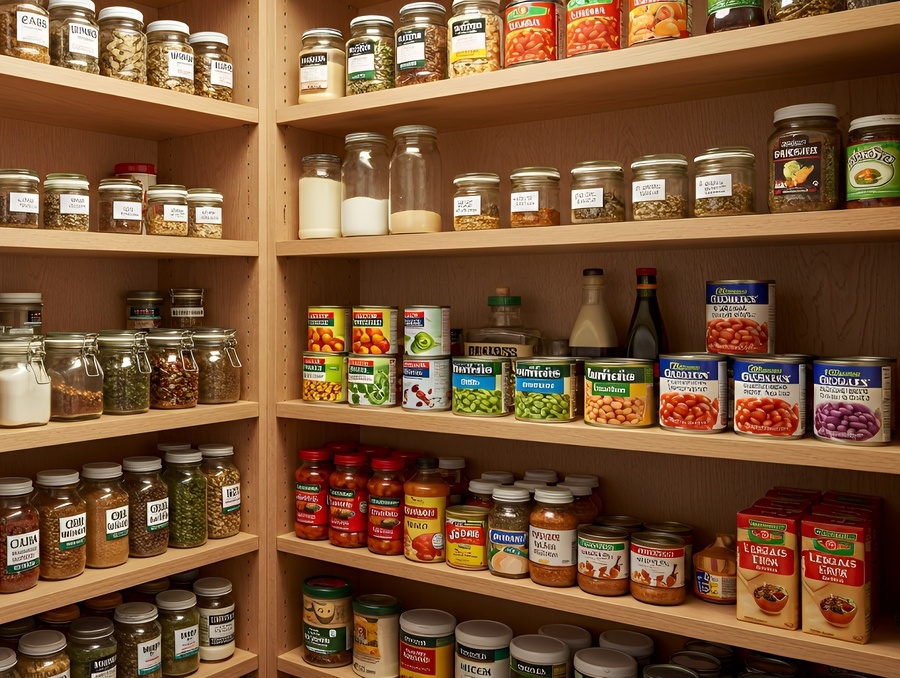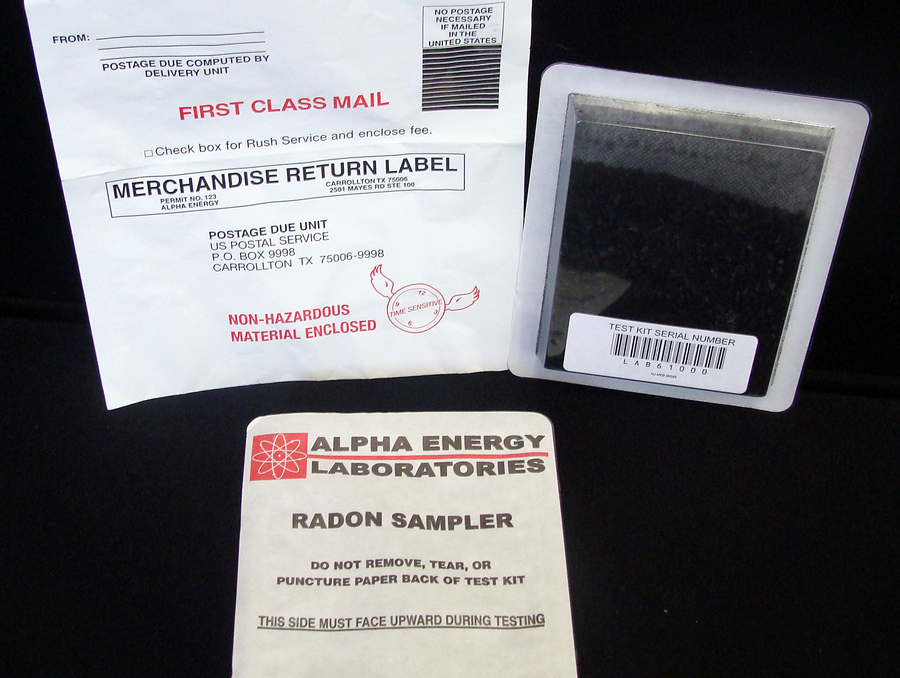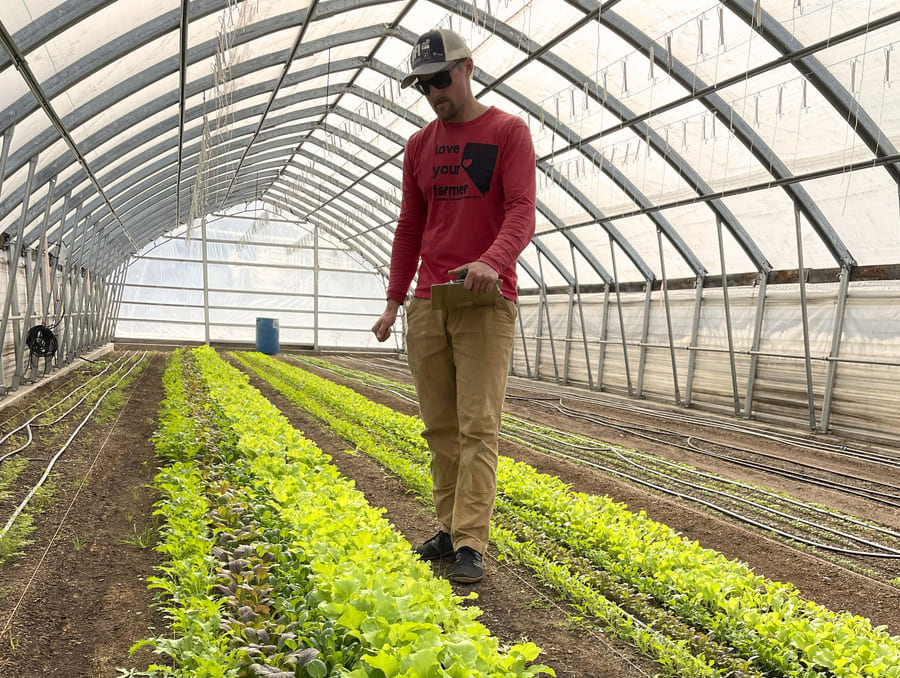
Find more answers here!
As part of National Food Safety Month, Hans Weding, Extension registered dietitian and certified ServSafe instructor who has led numerous food safety training courses for professionals in the food and beverage industry, is tackling one of the most confusing parts of our kitchens: the dates stamped on food packages. He breaks down what they really mean and how understanding them can help us shop smarter, stock pantries wisely, cut food waste and lower the risk of foodborne illness.

In a time of growing food waste and overflowing pantries, the dates stamped across food packages, such as “Best by,” “Use by,” “Sell by,” and sometimes “Enjoy by,” can confuse many people. These dates usually indicate quality, not safety. Here's what they really mean and why reading them correctly matters.
What do the dates on food labels mean?
- Best by / Best if used by: This date is about quality, not safety. It shows when the manufacturer believes the food will taste and look its best. Food is usually fine after this date if stored properly.
- Key advice: Trust your senses beyond the date.
- Use by: This date often appears on items that spoil faster, such as meat, dairy or baby food. It marks the point when the food is at its peak quality. The only time it acts as a true safety deadline is with infant formula.
- Key advice: Use caution if perishable.
- Sell by: This date is for stores, not consumers. It tells retailers when to rotate products off shelves. If you buy the food before this date, you usually have several more days, or longer if stored well, to eat it safely.
- Key advice: Most foods are still good days after.
- Enjoy by: This is mainly a marketing label. It works the same as “Best by,” suggesting when the food will taste best. It has no official safety meaning.
- Key advice: Most foods are still good days after.
Note: Except for infant formula, none of these dates are federally required. They measure quality, not safety, so always check food with your eyes, nose and common sense.
Safety vs. spoilage
Food safety does not rely on a printed date. Signs such as offensive odors, sliminess, mold or bulging containers are much more reliable warnings. Experts emphasize that quality labels often prompt the needless discarding of still-eligible food.
Don’t ignore proper temperature and handling. Improper storage can cause spoilage well before the date on the package.
U.S. policy and labeling standards
- Federal level: Except for infant formula, the U.S. does not require specific date-labeling terms. Labels such as “Best if used by” or “Sell by” are voluntary and at manufacturers’ discretion, provided they are not misleading.
- Federal guidance: The U.S. Department of Agriculture and the U.S. Food and Drug Administration currently recommend that manufacturers use the phrase “Best if used by” for quality-driven labels. Other terms may be used but must be truthful.
- Policy advancement: In December 2024, the Biden administration released a National Strategy aiming to halve food waste by 2030, prompting both agencies to solicit public input on standardizing date labeling.
- California’s AB660: Effective July 1, 2026, this law mandates using only “Best if used by” for quality and “Use by” for safety.
The stakes: why standardization matters
Confusion over date labels contributes significantly to food waste. Many people throw away food too soon because date labels are confusing. Often, the food is still safe to eat. Voluntary and legislative moves toward standardization could save families money and keep tons of food from being wasted.
Final thought
When it comes to food safety, trust your senses. Look for changes in color or texture, smell for any sour or strange odors, and think about how the food has been stored. Label dates are helpful, but your eyes, nose and common sense are often the best tools for deciding if food is still good to eat.















